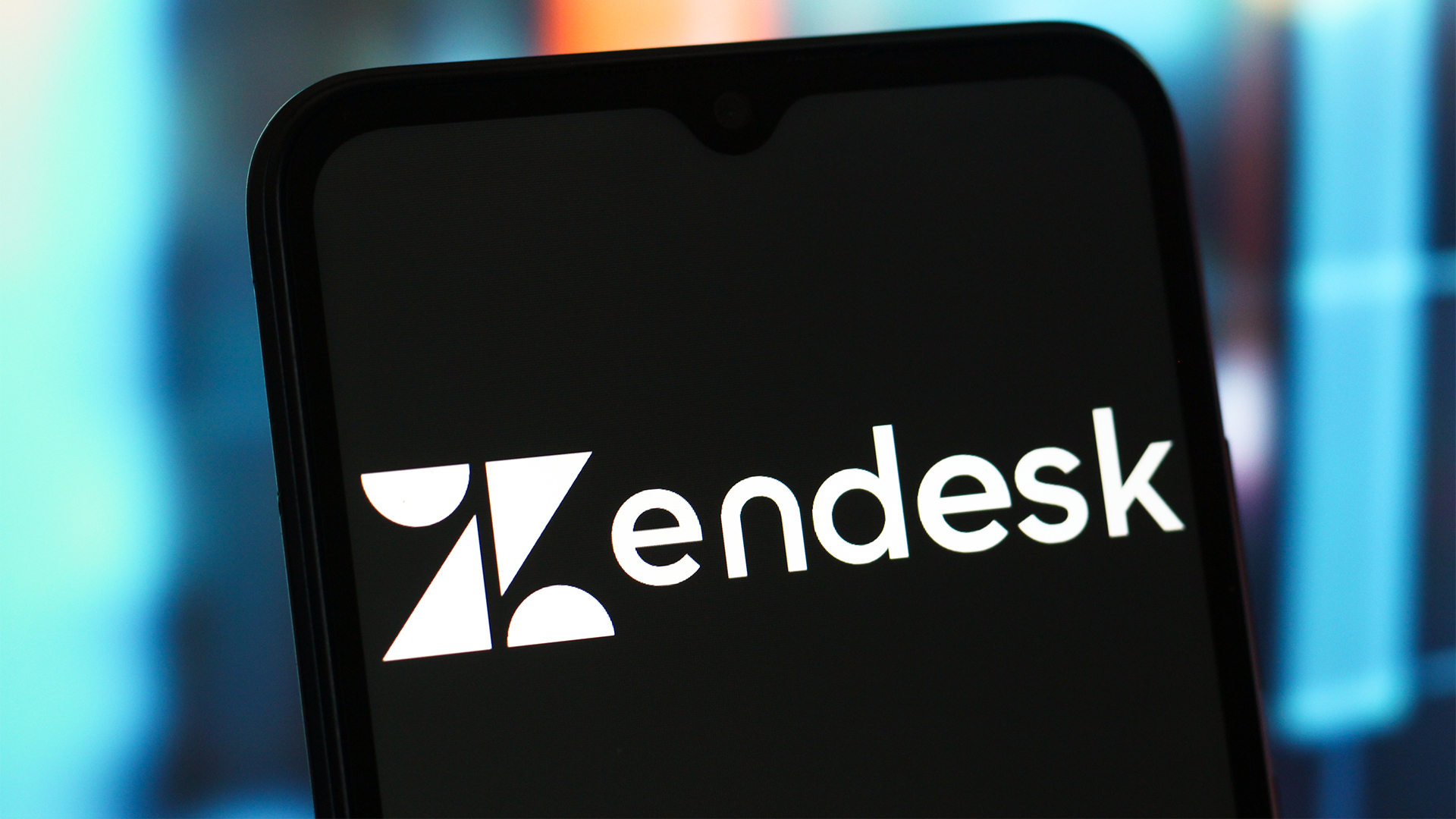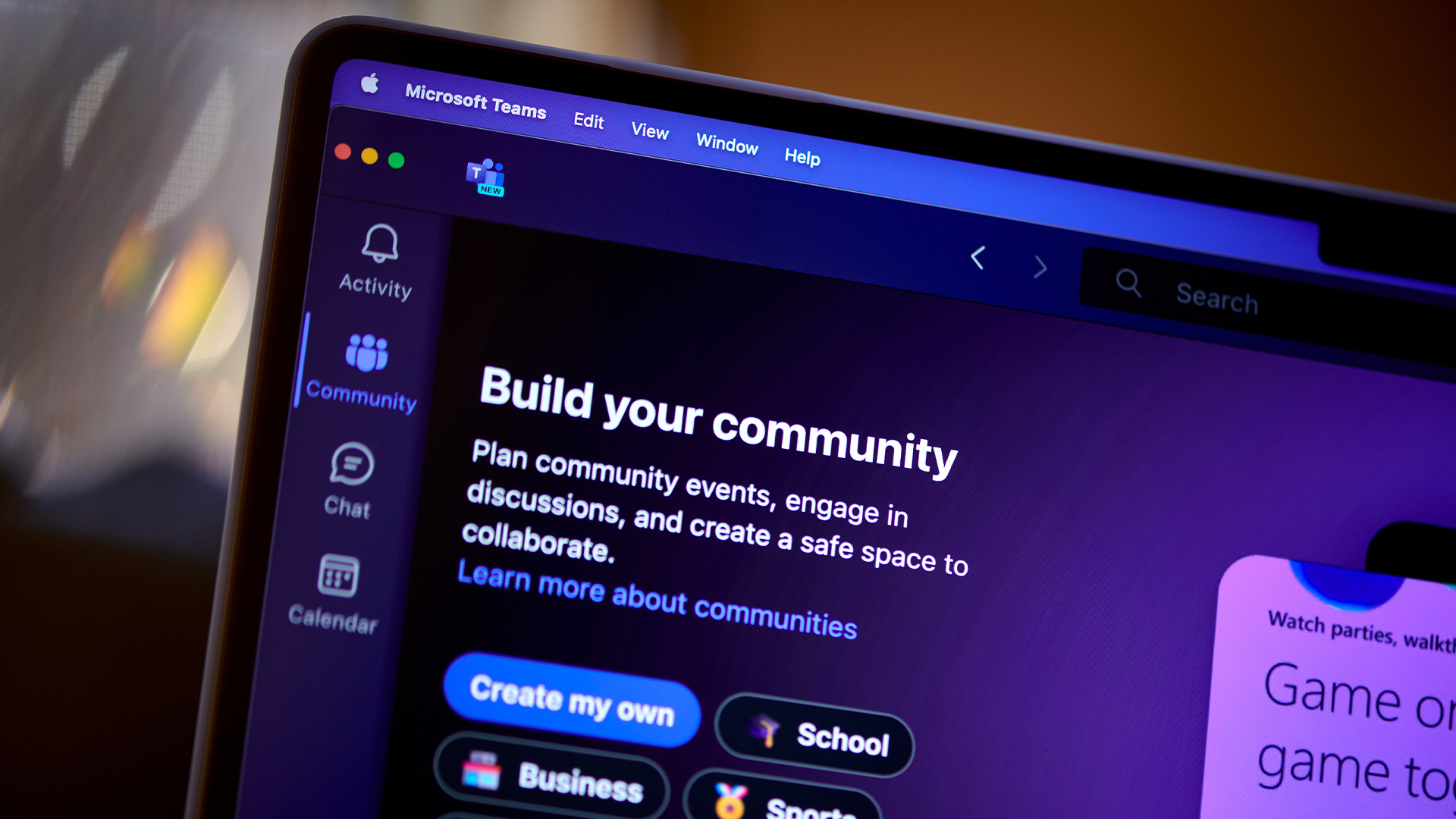Ransomware attacks most likely to strike after-hours
Researchers identify patterns of commonality, including attack vector, dwell time and the time of strike


Three-quarters of ransomware attacks are launched during the weekend or after work on a weekday, as attackers aim to maximise the potential for devastation and slow down any attempts at mitigation.
Just under half of all ransomware attacks, 49%, are launched on weekdays after 6pm while just 24% occur during work hours and 27% on weekends, according to findings by Fire Eye.
RELATED RESOURCE

The essential guide to cloud-based backup and disaster recovery
Support business continuity by building a holistic emergency plan
The most common hour for ransomware attacks to strike organisations is 11pm, at a time where workers least likely to be able to respond instantaneously.
Organisations from various sectors have been struck with ransomware attacks on an increasing basis in recent months and years, with attacks on UK businesses soaring 195% in the first half of 2019, for example.
“Ransomware is a remote, digital shakedown. It is disruptive and expensive, and it affects all kinds of organizations, from cutting edge space technology firms, to the wool industry, to industrial environments,” said Fire Eye’s intelligent analysis manager Kelli Vanderlee.
“Infections have forced hospitals to turn away patients and law enforcement to drop cases against drug dealers.”
How to keep your files safe from ransomware The most popular ransomware strains targeting UK businesses Ransomware attacks on UK businesses soar 195% Travelex disruption caused by devastating ransomware attack
High profile examples include the devastating Travelex disruption, as well as institutions in several US states, including Louisiana, and towns in Florida, and other states.
Sign up today and you will receive a free copy of our Future Focus 2025 report - the leading guidance on AI, cybersecurity and other IT challenges as per 700+ senior executives
This breed of attack, according to an examination of dozens of incident response investigations between 2017 and 2019, share several common characteristics, including attack vector, dwell time, and time and day of deployment.
There were several initial infection vectors spotted across multiple incidents, with remote access and remote desktop protocol (RDP) the most frequently observed. Other methods include phishing with a link or attachment and drive-by-download.
Another observation was that attackers normally leave at least three days between the first sign of malicious activity and deploying ransomware. In 75% of cases, this period is three days until the payload is deployed.
Among the key findings was that few attacks are launched during work hours, relative to after-work hours and weekends.
“Some attackers possibly intentionally deploy ransomware after hours, on weekends, or during holidays, to maximize the potential effectiveness of the operation on the assumption that any remediation efforts will be implemented more slowly than they would be during normal work hours,” Vanderlee continued.
“In other cases, attackers linked ransomware deployment to user actions. For example, in 2019 incidents at retail and professional services firms, attackers created an Active Directory Group Policy Object to trigger ransomware execution based on user log on and log off.”
Organisations seeking to mitigate or prevent ransomware infections have been given an array of measures they can take, many of which are now deemed common sense such as implementing multi-factor authentication (MFA).
Fire Eye has also urged organisations to establish emergency plans to ensure after-hours coverage is available to respond within a set time period in case of an emergency. After-hours escalation plans should also include redundant means to contact stakeholders, and 24-hour emergency contact information for any relevant third-party vendors.

Keumars Afifi-Sabet is a writer and editor that specialises in public sector, cyber security, and cloud computing. He first joined ITPro as a staff writer in April 2018 and eventually became its Features Editor. Although a regular contributor to other tech sites in the past, these days you will find Keumars on LiveScience, where he runs its Technology section.
-
 Trump's AI executive order could leave US in a 'regulatory vacuum'
Trump's AI executive order could leave US in a 'regulatory vacuum'News Citing a "patchwork of 50 different regulatory regimes" and "ideological bias", President Trump wants rules to be set at a federal level
-
 TPUs: Google's home advantage
TPUs: Google's home advantageITPro Podcast How does TPU v7 stack up against Nvidia's latest chips – and can Google scale AI using only its own supply?
-
 15-year-old revealed as key player in Scattered LAPSUS$ Hunters
15-year-old revealed as key player in Scattered LAPSUS$ HuntersNews 'Rey' says he's trying to leave Scattered LAPSUS$ Hunters and is prepared to cooperate with law enforcement
-
 The Scattered Lapsus$ Hunters group is targeting Zendesk customers – here’s what you need to know
The Scattered Lapsus$ Hunters group is targeting Zendesk customers – here’s what you need to knowNews The group appears to be infecting support and help-desk personnel with remote access trojans and other forms of malware
-
 Impact of Asahi cyber attack laid bare as company confirms 1.5 million customers exposed
Impact of Asahi cyber attack laid bare as company confirms 1.5 million customers exposedNews No ransom has been paid, said president and group CEO Atsushi Katsuki, and the company is restoring its systems
-
 The US, UK, and Australia just imposed sanctions on a Russian cyber crime group – 'we are exposing their dark networks and going after those responsible'
The US, UK, and Australia just imposed sanctions on a Russian cyber crime group – 'we are exposing their dark networks and going after those responsible'News Media Land offers 'bulletproof' hosting services used for ransomware and DDoS attacks around the world
-
 A notorious ransomware group is spreading fake Microsoft Teams ads to snare victims
A notorious ransomware group is spreading fake Microsoft Teams ads to snare victimsNews The Rhysida ransomware group is leveraging Trusted Signing from Microsoft to lend plausibility to its activities
-
 Volkswagen confirms security ‘incident’ amid ransomware breach claims
Volkswagen confirms security ‘incident’ amid ransomware breach claimsNews Volkswagen has confirmed a security "incident" has occurred, but insists no IT systems have been compromised.
-
 The number of ransomware groups rockets as new, smaller players emerge
The number of ransomware groups rockets as new, smaller players emergeNews The good news is that the number of victims remains steady
-
 Teens arrested over nursery chain Kido hack
Teens arrested over nursery chain Kido hacknews The ransom attack caused widespread shock when the hackers published children's personal data